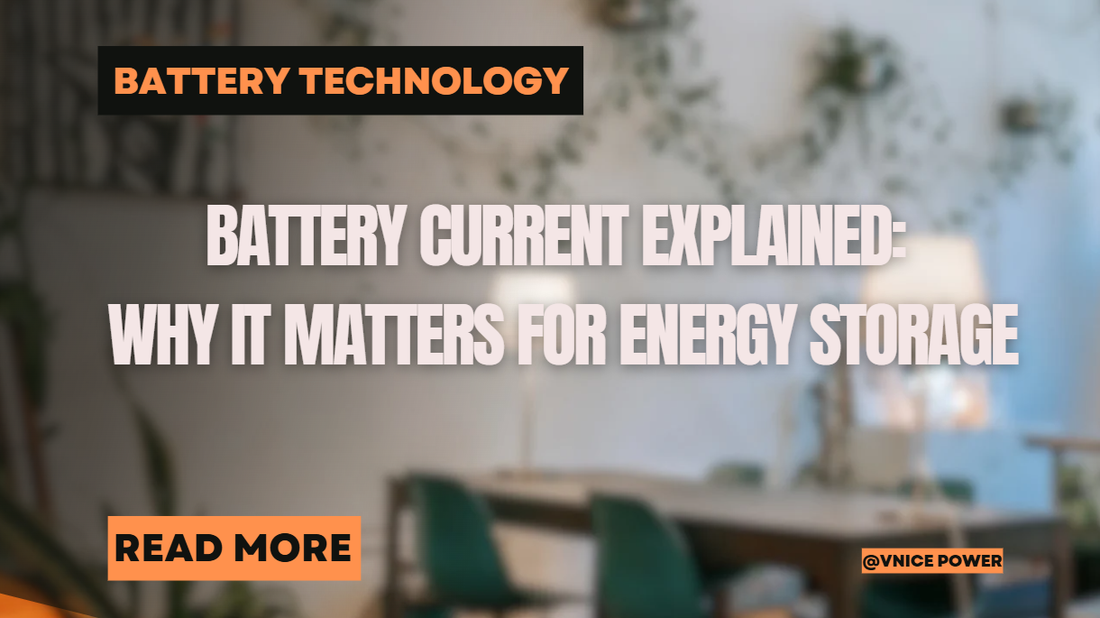
Battery Current Explained: Why It Matters for Energy Storage
Understanding Battery Current: The Complete Guide to Power Flow in Energy Storage
When evaluating home energy storage or commercial battery systems, one parameter stands out as absolutely critical: electrical current. While voltage and capacity often get more attention, understanding current is what separates basic knowledge from true system mastery. Let's explore why current management makes or breaks battery performance.
Defining Electrical Current in Battery Systems
Think of electrical current as the flow rate of electricity - it's the measurable rate at which charged particles move through a circuit. In practical terms, current represents the "volume" of electricity delivered at any given moment.
The International Unit for current is the Ampere (A), where 1 Ampere equals 1 Coulomb of charge passing per second. Here's a practical way to visualize it:
- Voltage acts like water pressure in a pipe
- Current represents the actual flow rate through that pipe
-
High current means rapid energy delivery, while low current indicates gradual power release
This flow rate directly determines how quickly your battery system can power your home or business.
The Source of Battery Current: Energy Conversion Process
Batteries operate through sophisticated energy conversion:
During discharge: Chemical reactions generate electrons that flow from negative to positive terminals, creating current that powers your devices
During charging: External power reverses this flow, restoring chemical potential energy
Three key factors determine sustainable current levels:
- Battery architecture and total capacity
- Connected load requirements
-
Internal resistance and polarization effects
Continuous vs. Peak Current: Understanding the Critical Difference
Battery specifications clearly distinguish between these two operational modes:
Continuous discharge current represents safe, sustained output - like a marathon runner maintaining a steady pace. For example, a 100Ah battery might sustainably deliver 50A.
Peak discharge current describes brief maximum output capability - similar to a sprinter's explosive burst. This enables starting motors or handling sudden power surges, like the 200A+ spikes during electric vehicle acceleration.
Current's Direct Impact on Battery Health and Longevity
Current levels directly influence three crucial aspects of battery performance:
Thermal management: Higher currents generate more heat due to internal resistance, requiring robust thermal control systems
Long-term durability: Excessive current accelerates degradation through increased polarization and side reactions
System efficiency: Consistently low currents underutilize capacity, while excessively high currents reduce overall efficiency
Finding the optimal current range ensures the perfect balance between power delivery and preservation.
Current in Context: Relationships With Other Vital Parameters
Current interacts fundamentally with other battery characteristics:
Capacity relationship: Current = Rated Capacity × C-rate (e.g., 100Ah battery at 0.5C delivers 50A)
Voltage dynamics: High current discharge causes voltage sag due to internal resistance
Power calculations: Power (W) = Voltage (V) × Current (A), explaining why high-voltage systems use lower currents for the same power output
This explains the industry shift toward higher voltage battery platforms - they reduce current requirements, minimizing energy losses and heat generation.
Practical Applications: Why Current Management Matters
From consumer electronics to grid-scale storage, current considerations drive design decisions:
Fast-charging smartphones: Depend on sophisticated current management to balance charging speed with battery preservation
Electric vehicles: Require robust systems that handle acceleration peaks while maintaining efficiency
Home energy storage: Prioritize stable continuous current for reliable daily cycling, like the optimized systems available from VnicePower
Mastering Current for Superior Energy Storage Performance
While often overlooked, current represents the dynamic heart of battery operation. It determines:
- Energy delivery speed and responsiveness
- System stability under varying loads
-
Long-term reliability and total lifespan
Whether you're selecting batteries for residential use, commercial applications, or evaluating VnicePower's advanced energy storage solutions, understanding current principles ensures you choose systems that deliver optimal performance throughout their service life. Proper current management isn't just technical detail - it's the foundation of effective energy storage strategy.

